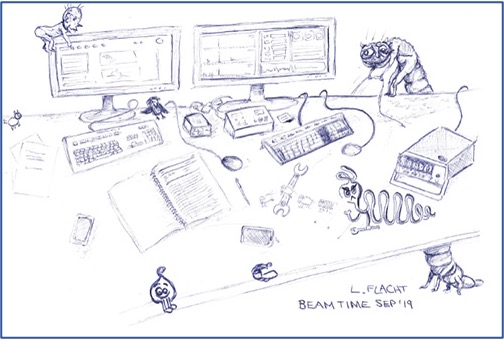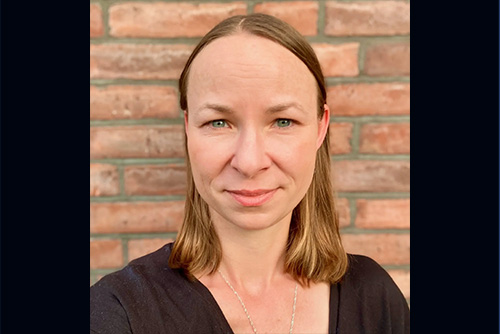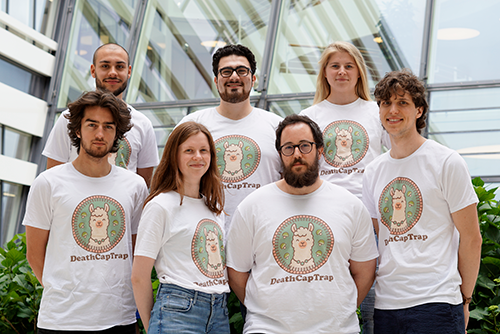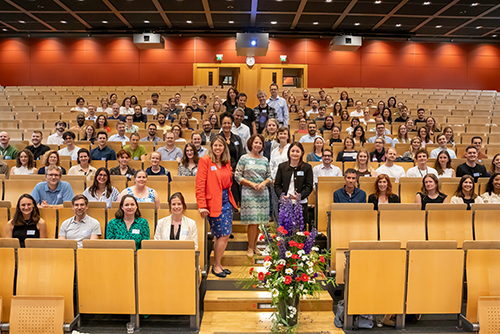Probing gas-phase protein complexes
X-ray spectroscopy meets native mass spectrometry
CSSB’s Uetrecht group (UzL, DESY, LIV) along with several collaborators from DESY and the European XFEL have conducted a proof-of-principle study demonstrating the gas-phase activation and dissociation of biomolecules, in particular proteins and their complexes using X-rays. A description of their experimental set-up, which combines native mass spectrometry with X-ray spectroscopy, and initial results were recently published in a perspective in Physical Chemistry Chemical Physics where it was selected as a 2025 HOT article.
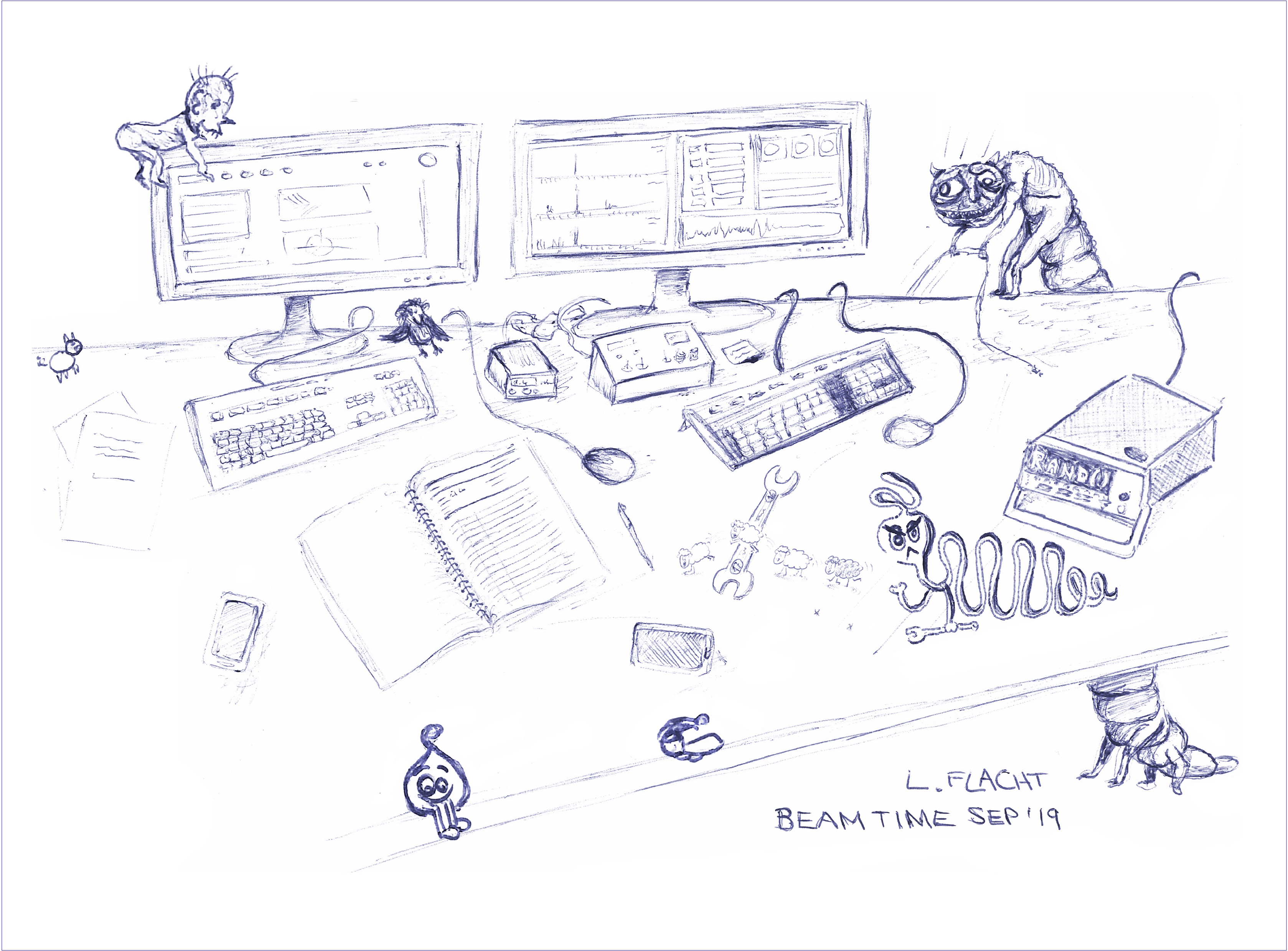
To understand complex biological processes such as viral capsid formation or amyloid development, it is important to examine the individual proteins involved. Typical structural biology methods such as crystallography or electron cryo-microscopy, often reveal the starting point or end result of biological processes. The transient states of proteins or complexes are much harder to capture. To do so, the Uetrecht group has been using native mass spectrometry (MS) a highly sensitive method that acts like a molecular scale and sorts gas-phase proteins based on their molecular weight, thus isolating individual proteins of interest.
Since 2016, the Uetrecht group has been investigating how to use native MS as a sample delivery system at DESY’s X-ray light sources PETRA III and FLASH. “The X-ray light sources have the advantage of being incredibly fast, in the timescale of femtoseconds, which will ultimately allow us to capture these elusive transient states,” explains corresponding author Thomas Kierspel.
To combine native MS and X-ray spectroscopy, the scientists modified a commercial MS instrument with the help the Netherlands based company, MS Vision. “First, we made a modification to allow large protein complexes to enter the device and further adapted the setup to accommodate the X-rays.” explains Jocky Kung, one of the authors of the perspective. “This modified instrument was brought to the PETRA III P04 beamline and the FLASH beamline FL24 where experiments on ‘well behaved’ protein complexes were conducted.”
“FLASH’s intense XUV pulse interacts with our sample like a hammer whereas PETRA III’s single photon beam is more like a feather which tickles the protein,” explains Kierspel “overall, depending on the size of the biomolecule and the activation methods used, we observed protein fragmentation, dissociation, or enhanced ionization of our sample.” The insights gained will be used to develop even more precise methods of sample delivery as well as more sensitive measurements of the resulting sample fragmentation.
“Large native protein complexes have not yet been analysed this way,” notes corresponding author Charlotte Uetrecht “we are the first to show that this method works for folded, native proteins. My group will continue to develop this method and hope to further refine it for more widespread use at open port beamlines.”
This new method would particularly benefit from the new PETRA IV upgrade planned by DESY as the experiments are extremely photon hungry. PETRA IV is an ultra-modern, fourth-generation synchrotron radiation source which will be completed in 2032, if funding is approved in time.. “We would love to have a permanent MS-based sample delivery at a PETRA IV beamline,” states Uetrecht.
Funding:
This project was funded by the BMFTR projects Visavix and RAC SAXFELS.
Original Publication:
Kung, JCK et al. (2025) X-ray Spectroscopy Meets Native Mass Spectrometry: Probing Gas-phase Protein Complexes. Phys. Chem. Chem. Phys., 27, 13234-13242 https://doi.org/10.1039/D5CP00604J
